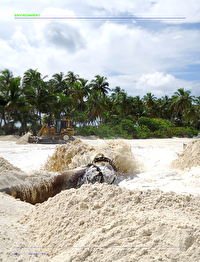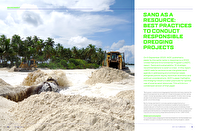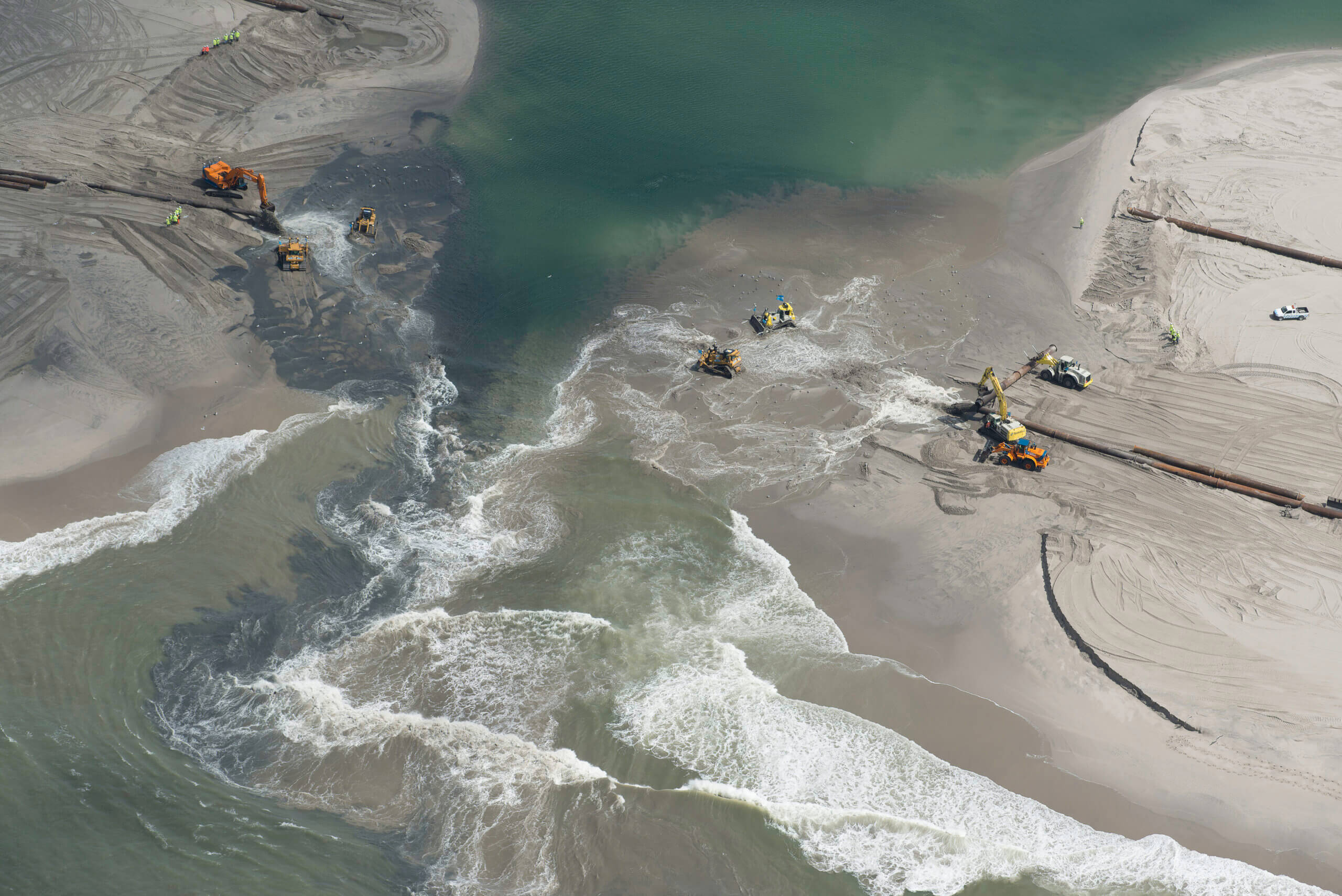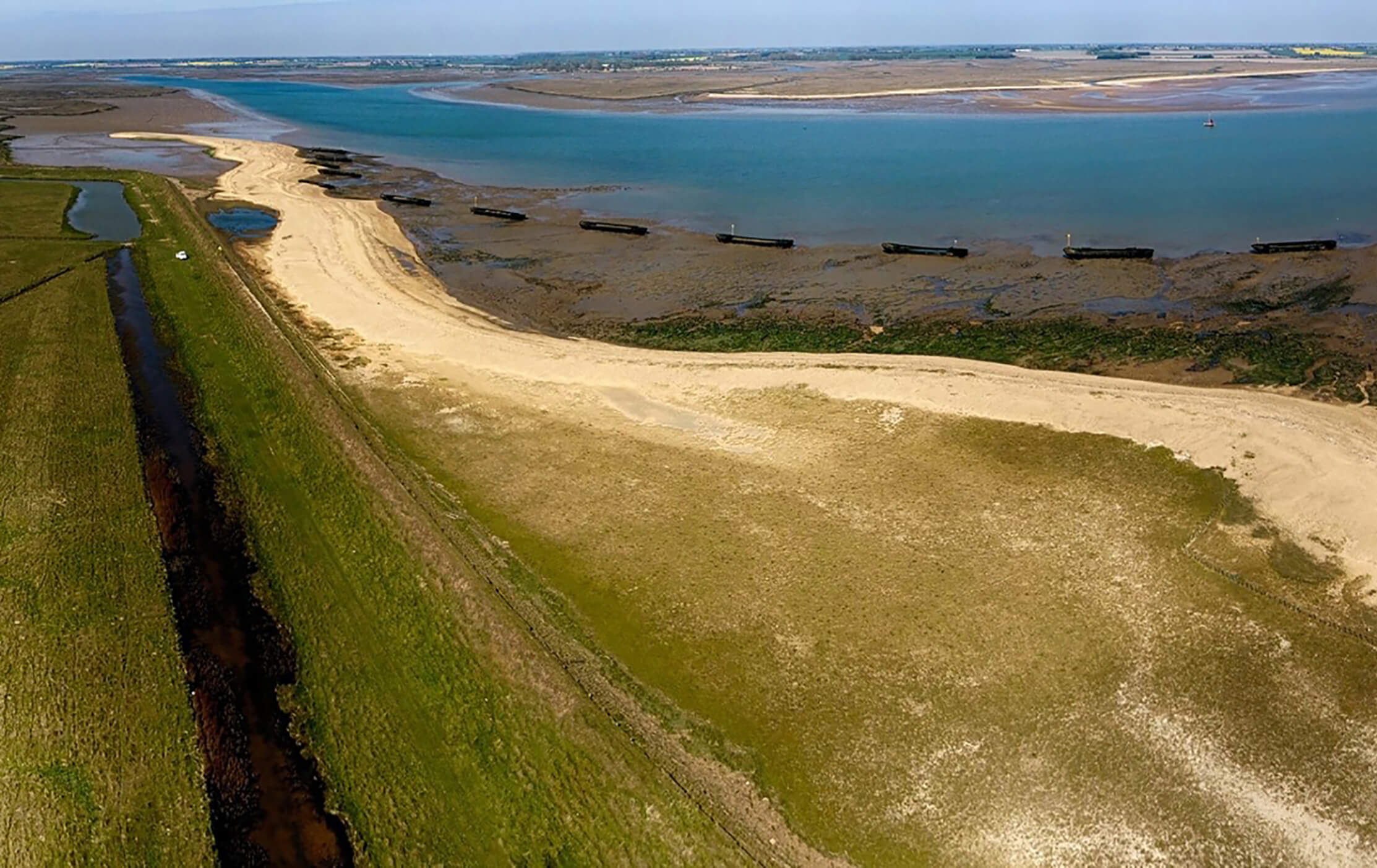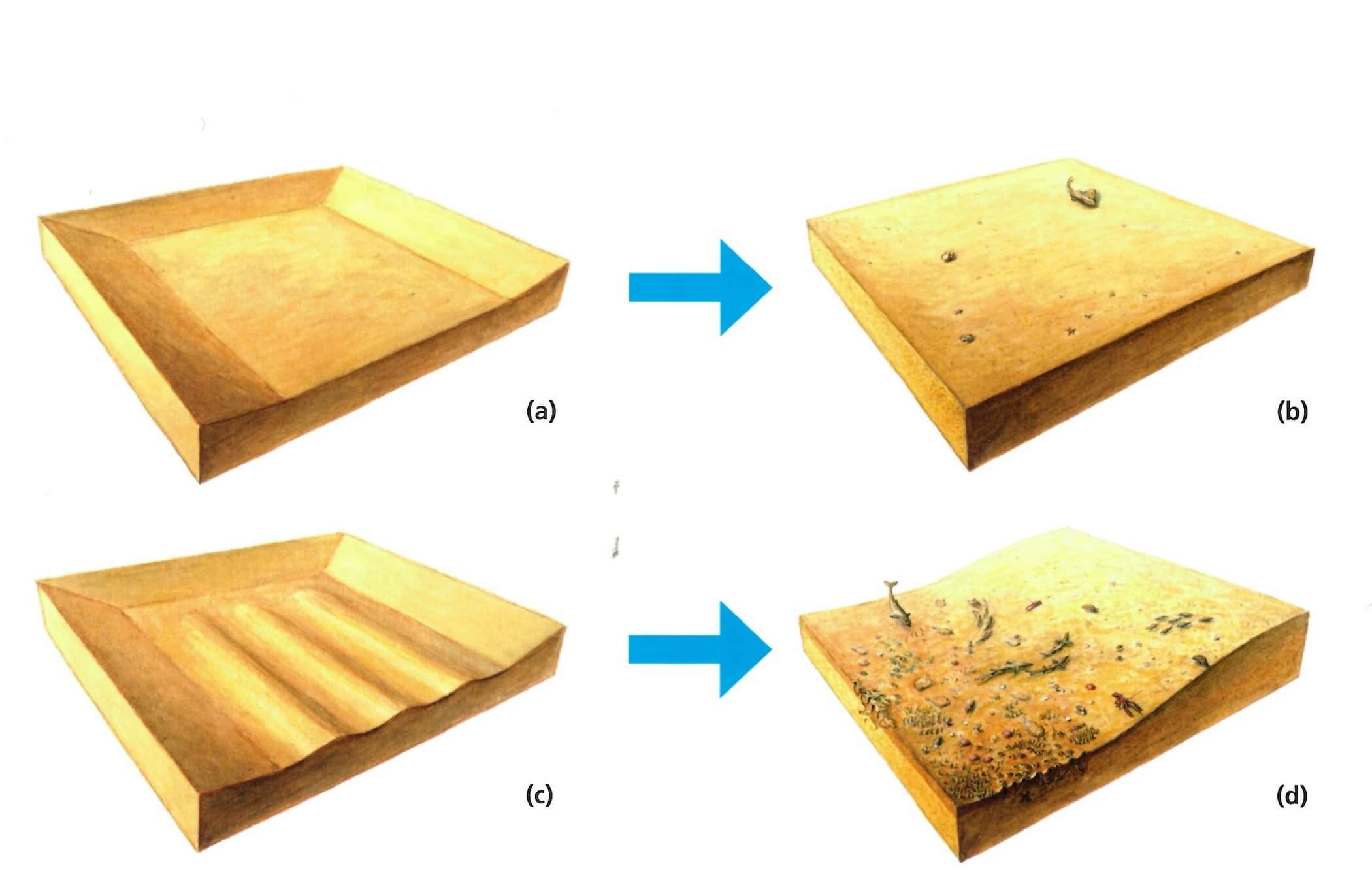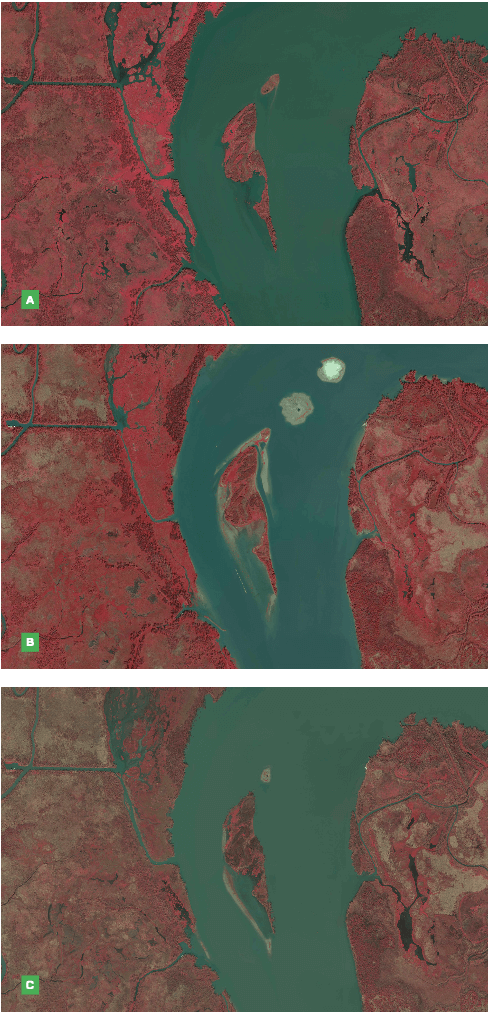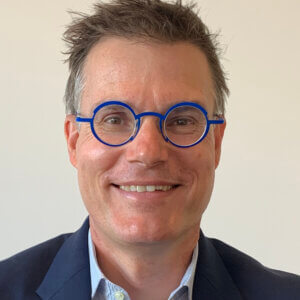"Sand, gravel, crushed stone and aggregates (hereinafter sand resources) are the second most exploited natural resource in the world after water, and their use has tripled in the last two decades to reach an estimated 40-50 billion metric tonnes per year, driven by factors such as urbanisation, population growth economic growth, and climate change.
Sand is the key raw material in concrete, asphalt and glass that built our infrastructure. It is also used for land reclamation as well as flood protection in coastal areas, part of the efforts to protect eroding coasts and address climate change impacts such as sea-level rise and increasingly severe storms. Satisfying a growing sand demand without transgressing planetary boundaries represents an important and insufficiently recognised sustainability frontier." (UNEP, 2022)
Global sand consumption
For hundreds of years, dredging activities have shaped the interface between land
and water to support a variety of human activities including navigation, coastal protection,
flood risk management, as well as residential, tourist, commercial, agricultural and
industrial activities. The use of dredging to achieve these purposes has always been
guided by an understanding of the costs and benefits (CEDA/IADC, 2018).
The increasing tension between human development and planetary resilience urges
us to rethink the way we work and live. The dredging sector is no exception. It uses
sand as a building block to create infrastructure projects for social and economic
development. At the same time, the increasing quantities extracted and its impacts
on environment and society raise concerns.
The dredging industry has an important part to play in addressing these concerns.
Operating globally, dredging contractors are working within a wide variety of physical,
environmental, social, and legal conditions. Their first-hand experience can serve as a
guide to formulate recommendations for responsible use of sand resources.
The dredging industry has measures at its disposal on both project and operational levels.
On a project level, impacts can be reduced before the construction starts, with nature-inclusive
designs, alternative materials and by using sand in such a way that it contributes to a more
sustainable world. Other impacts can be reduced during the implementation of the project
– on an operational level – by adapting working procedures and technology and applying
mitigation measures.
Nonetheless, global sand consumption is the sum of the activities of many local parties, each
having their own motives and drivers. There are no dominant players (Holms, 2023).
The dredging industry is keen to turn this issue around but cannot do it in isolation. It is the
shared responsibility of suppliers, contractors, project designers, project owners and authorities.




